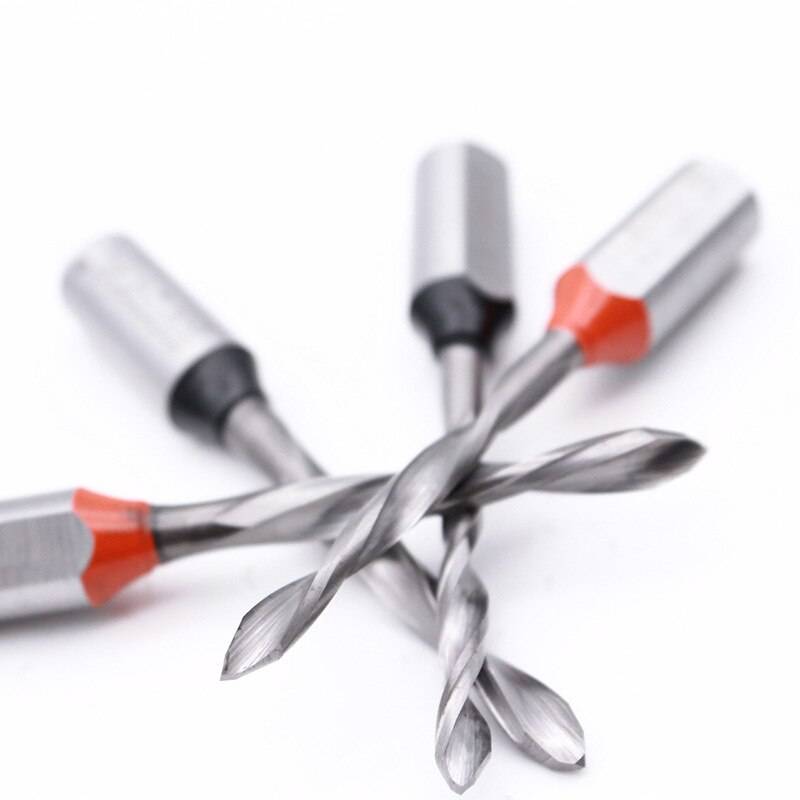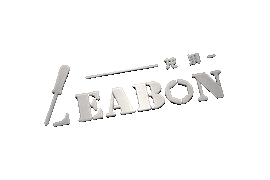Woodworking Accessories Tips
Operating requirements for woodworking row drill bits and illustrations of common specifications for row drills—Part 1
1. Selection and operating requirements for woodworking drill bits:
1. The drill bit is designed for professional woodworking drilling rigs. Pay attention to the rotation direction of the drill bit.
2. The drill bit can drill and mill standard and smooth inner holes in various synthetic boards and solid wood, but avoid cutting non-wood materials such as metal, sand and gravel.
3. Try to use a drill bit of standard length, and press the wood tightly during the operation to prevent the processed product from being unqualified or the drill bit being deformed.
4. It is also necessary to use a standard jacket. If it is worn or has a taper in the inner hole, insufficient clamping force will cause the drill bit to fly off and vibrate, resulting in unqualified products.
5. Use appropriate protection when handling.

Maintenance of woodworking drill bits
1. When using a drill bit, take it out of the packaging box and install it into the spring chuck of the spindle or the tool magazine that automatically changes the drill bit. Put it back into the box immediately after use.
2. To measure the diameter of the drill bit, use a non-contact measuring instrument such as a tool microscope to prevent the cutting edge from being damaged due to contact with the mechanical measuring instrument.
3. Some CNC row drilling machines use positioning rings. Some CNC row drilling machines do not use positioning rings. If a fixed ring is used, the depth positioning during installation must be accurate. If a positioning ring is not used, the extension length of the drill bit installed on the spindle must be accurate. To make consistent adjustments, multi-axis row drilling machines must pay more attention to this point, so that the drilling depth of each spindle must be consistent. If they are inconsistent, the row of drill bits may drill into the table or fail to drill through the plate, resulting in scrapping.
5. You can usually use a 40x stereo microscope to check the wear of the drill cutting edge.
6. Always check the concentricity of the chuck and the clamping force of the chuck. Poor concentricity will cause the small-diameter drill bit to break and the hole diameter to be large. Poor clamping force will cause the actual speed to be different from the set speed. Yes, there is slippage between the chuck and drill bit.
7. Check the spindle presser foot frequently. The contact surface of the presser foot should be horizontal and perpendicular to the spindle and should not sway to prevent the drill bit from causing breakage and eccentric holes during drilling.
